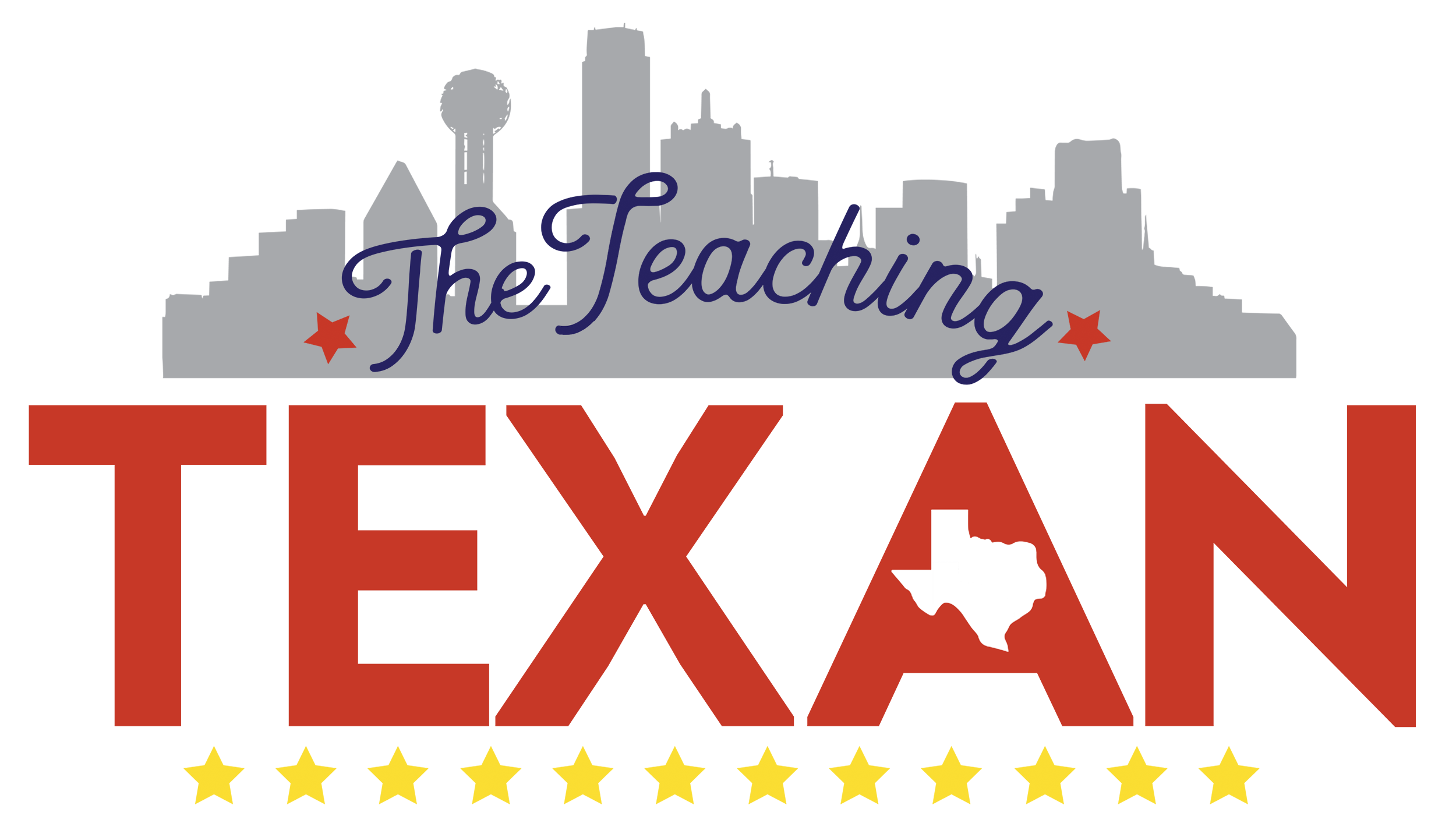Elephant Toothpaste: Bringing Social Emotional Development and Science Together
What you need:
Clean 1 liter soda bottle or large plastic graduated cylinder
Plastic tray or tarp
Dish soap
40-volume hydrogen peroxide (can be found at beauty supply stores)
Food coloring
Dry yeast (one of the paper packages is sufficient)
Warm water in a plastic cup or bowl
Measuring spoons
Googles (optional)
Gloves (optional)
After gathering the materials, place the soda bottle or cylinder on the tray or tarp. This experiment WILL create a foamy mess and you want clean up to be a breeze.
Then, squirt enough dish soap into the bottle to roughly cover the bottom of the bottle.
Add about 120 mL, or 1/2 cup, of hydrogen peroxide to the bottle and gently swirl to mix.
This is a great place to stop and observe what has happened. Link this back to the read aloud by asking if these two ingredients together (negative actions) have caused any kind of reaction.
Next, add some food coloring to make the reaction more colorful. To achieve more of a striped result you can drip the food coloring down the edge of the bottle/cylinder as seen below.
This experiment is super fun and visual. I think that linking this visual science experiment to something the children understand (friends not being kind to each other) is a great way to begin expose the children to reactions in chemistry/physical science while also touching on social-emotional development.
A fun extra might be trying to have the children think about ways to “reverse” what has happened. After brainstorming children should come to realize that there isn’t a way to reverse the reaction, similar to the lasting impression that words can leave on a friend.
I hope that you and your kiddos will enjoy this experiment! If you try it, let me know how it goes!
Want more ideas for introducing young children to chemistry/physical science – [check out this blog post.]
var _qevents = _qevents || [];
(function() {
var elem = document.createElement(‘script’);
elem.src = (document.location.protocol == “http:” ? “http://secure” : “http://edge”) + “.quantserve.com/quant.js”;
elem.async = true;
elem.type = “text/javascript”;
var scpt = document.getElementsByTagName(‘script’)[0];
scpt.parentNode.insertBefore(elem, scpt);
})();
_qevents.push({
qacct:”p-r5zrKF-GuBSzN”
});








